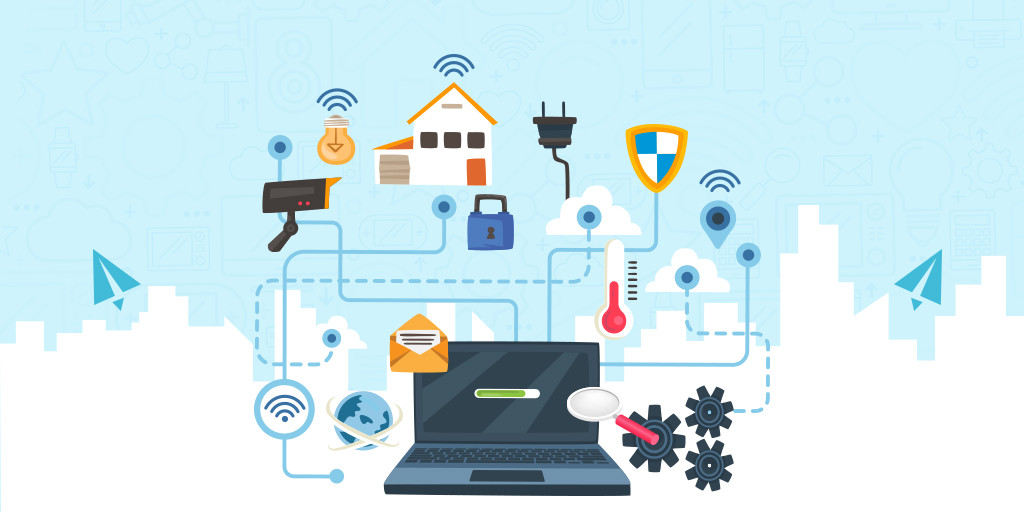
Introduction Rapid advances in storing, processing, computing and analyzing data are forcing Information Technology experts to re-examine their assumptions and paradigms. This article shall take a hard look at two emerging technologies- Edge computing and the Internet of Things.
Table of Contents
Over the years, there have been tremendous transformations in the world of computing. Computers burst upon the world with the advent of the PC in the 80s and 90s. Since then, computers and processing have been democratized in unimaginable ways.
Over the past few years, a new concept in computing; cloud computing has redefined the way companies and individuals work. Every day, vast volumes of data are generated by human society, which is hosted on the cloud and some of the leading providers of the cloud are Amazon, Google, Microsoft and IBM.
So what happens is this we generate data which is then stored in a cloud platform. Let’s step back and look at the nature of this storage- isn’t this some kind of a centralized activity? The Big 4 now realize that this centralization isn’t helping the industry very much. Latency errors are one of the significant problem areas in this over-centralization of data. Other major problems like privacy breaches are common in this arena. We send data from our computers and somewhere on its way to a cloud server- our data leaks or gets stolen.
Edge computing solves these problems in a significant way. Data is processed and analyzed at the source and not in the cloud. Since data processing takes place right at the edge of the device from where it originates, this type of computing is called Edge computing.
Take the case of Amazon Echo. It makes sense for the company to make its AI chips that process voice commands within the device itself. The data no longer has to go to the cloud for processing. This way, Echo saves our time.
Apple is one company that takes data security and privacy very seriously. That is why it has a closed platform and discourages the downloading of external data (music, videos) on its devices. Using Edge, this mobile device company now encrypts all the data within the mobile or computer device. So, thanks to this modern form of computing, our data remain safe.
This feature can be replicated on the IoT and the industrial landscape as well. As more buildings, oil tankers, cars, refrigerators, and electrical devices connect with one another, Edge computing will become even more indispensable.
In fact, the IoT strategy revolves around this new-age computing technology which is perfectly capable of managing and processing vast volumes of data at the source.
Just imagine an oil drilling company that has several oil wells and drilling machines, each connected to a sensor. Each day, this company produces thousands of tons of crude oil and ships it to different destinations. As such, it is producing gigabytes of data every day that needs to be converted into actionable information, in real time. Edge computing becomes relevant in this scenario. Data is processed very quickly at the source and there is little or no risk of it getting leaked or stolen.
Cloud computing is already changing and this evolution now comes in the form of Edge computing. Consumers and industrial organizations will exchange data with their peers faster and in a more secure way. Edge will impact the IoT technology in more meaningful ways.